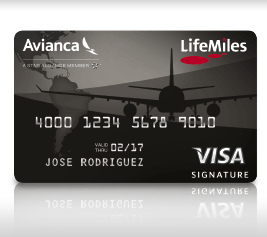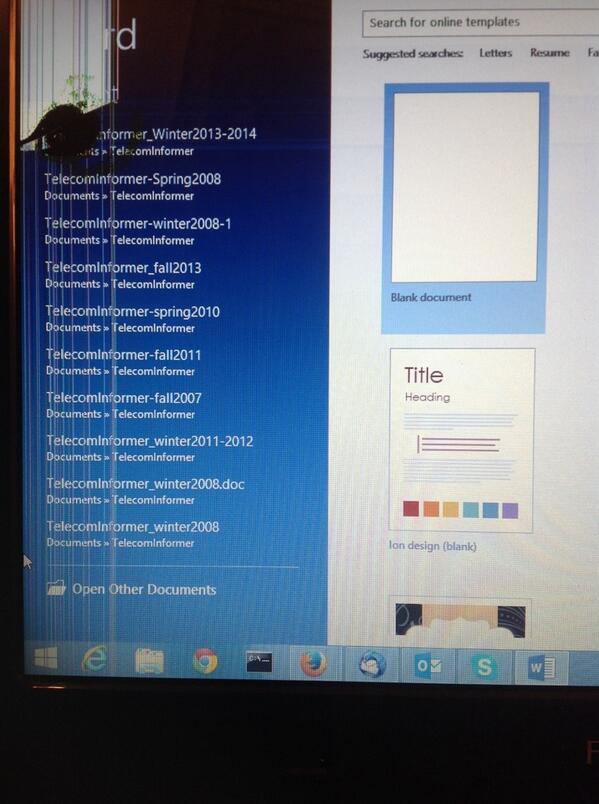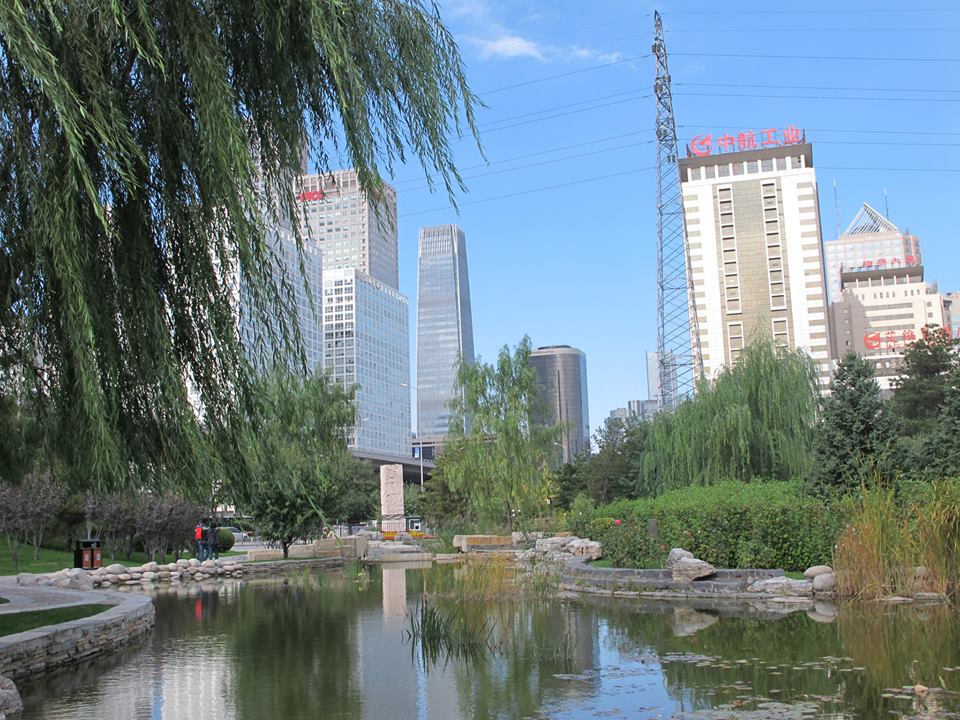Sometimes a cheap fare can end up being a lot more expensive, both in terms of time and hassle. I’m not talking about baggage fees or any of the other charges that airlines use to cause last-minute surprises. Most readers of #Seat31B are savvy enough to avoid those. Instead, I’m talking about airports. Pay attention to where you’re flying. It might not be exactly where you were expecting.
Although you can encounter this issue in some North American cities, this problem can really bite you when you’re flying with cut-rate budget airlines in Europe and Asia. These airlines often don’t fly to the primary airports in their cities, leaving you stuck with limited (and often very expensive) transportation options. For example, Ryanair will fly you to a place they call Brussels, but the airport is actually well south of the city in Charleroi. It’s 62km away, and the taxi ride will almost definitely cost you more than your flight. The same is true with the place they call “Frankfurt.” It’s actually Hahn, nearly an hour away. To its credit, Ryanair generally organizes a bus between the center city and airports they serve (often at a price that rings up at more than your flight), but you have to book this in advance or you might find yourself without any other options. The same is true with AirAsia, which flies to Don Mueang airport in Bangkok where taxis are your only option. This might be OK, because taxis are generally pretty cheap in Bangkok, but it might be a disaster: traffic is notoriously bad. You always have to allow considerable extra time when departing from Don Mueang. AirAsia also makes its hub at the KLIA2 terminal at Kuala Lumpur airport. While there are very good transportation connections at this new terminal, it’s easy to end up in the wrong place if you’re not paying attention.
Even with more conventional international airports, ground transportation can be astonishingly expensive. Consider Tokyo. If you take a taxi from Narita Airport in Tokyo to the city center, you can end up spending as much as you paid for your flight! The cheapest train route will require about 2 hours in travel time and cost about $25.

Check the price before you get into a Tokyo taxi
How can you avoid trouble in Tokyo? Avoid Narita airport. Instead, if you can, fly to Haneda airport. It’s much closer to the city and transportation is much less expensive.
What are some of my favorite airports to avoid? Here is my list of the “worst offender” airports that I think are likely to cause you trouble:
Asia
Beijing: Avoid flying into Tianjin. Some budget airlines present this as an alternate for Beijing. It’s not. Tianjin is an entirely separate city located a considerable distance from Beijing. Also avoid booking China United Airlines at Nanyuan Airport. This is a secondary airport in the dangerous southern part of the city. It isn’t on the Beijing Subway and your only option may be to overpay for an illegal taxi.
Shanghai: Avoid flying into Pudong Airport if possible. It is located very far from the city center. Hongqiao Airport is a much better choice. Unfortunately, most international flights arrive at Pudong Airport.
Tokyo: Avoid Narita airport if possible. Although transportation connections are excellent, they are expensive. Narita is also far from the Tokyo city center, so plan your time wisely! Unfortunately, most international flights to Tokyo arrive at Narita.
Bangkok: Avoid flying into Don Mueang airport. The only transportation option is taxis which are more expensive than the train from the primary Bangkok airport, and are much less predictable in Bangkok traffic.
Europe
Ryanair – Be generally suspicious of any city names published by this airline and be certain you know where the flight will really be arriving. If it’s not the primary airport in the city you’re visiting, research ground transportation options before you book the flight. The overall package might still prove to be a good value, but be sure to know what you’re buying.
London – Avoid Luton and Stansted airports. Heathrow and Gatwick have good transportation connections, although Heathrow is the better of the two. London City airport has few flights, but is located directly in the city center.
The Netherlands – Avoid Eindhoven, the hub of Ryanair. It’s an expensive train ride from there to anywhere you’ll likely want to be.
Brussels – Avoid Charleroi airport. Not convenient!
Frankfurt – Hahn is not Frankfurt!
Rome – Ciampino Airport, used by many budget carriers, is actually closer to the city center than the main airport (Leonardo da Vinci). However, it has only bus and taxi connections. Given the terrible traffic in Rome, be sure to allow extra time when using this airport.
North America
Southwest Airlines and Allegiant Airlines – Like Ryanair in Europe, Southwest Airlines and Allegiant Airlines often fly to inconvenient, out-of-the-way and smaller airports with cheaper landing fees. Unlike Ryanair, you don’t need to read the fine print as carefully: they are both pretty up-front with showing the city names correctly. Just be sure that you don’t get carried away with booking a cheaper fare; it could mean more expensive ground transportation and longer connections.
San Francisco – There are often cheaper flights into Oakland and San Jose, both served by Southwest Airlines. However, ground transportation connections are not very convenient from either airport unless you’re renting a car. To be fair, Oakland will get much more convenient when it is linked to the BART railway network in Fall, 2014, at which point I might instead be calling it the Bay Area’s best kept secret.
Los Angeles – The most convenient airport is often not LAX, which is the biggest airport in the Los Angeles area and the primary international airport. If you’re visiting Disneyland, consider flying to Orange County – John Wayne Airport (SNA), which is practically across the street. For Universal Studios and Hollywood, fly to the Bob Hope Burbank Airport (BUR). The small Long Beach airport (LGB) is primarily served by smaller aircraft, so you can get in and out very quickly. The airport to avoid? Ontario (ONT), which is inconveniently located to almost everything except its immediate surrounding area. Don’t be tempted by the lower fare!
Washington, DC – Avoid Dulles Airport (IAD) and fly to National Airport (DCA) if possible. The latter airport is on the excellent Washington DC subway system, and is conveniently located to the city.
New York – Avoid Islip (ISP) and White Plains (HPN). These are both far from the city. Also avoid LaGuardia (LGA). This airport is delay-prone, its facilities have been charitably described as “third world,” and there are only bus and taxi connections. JFK airport, the primary international airport, has an inexpensive subway connection but is very busy and located far from the center city, so plan accordingly. Newark airport (EWR) is closer and has more expensive, but still excellent transportation connections to Penn Station via the AirTrain.
Are there any airports that you go out of your way to avoid? Drop me a line on Twitter @Seat31B.
 The new award chart hasn’t been published (and won’t be until the devaluation has already happened) so it’s impossible to know precisely how much the program will be devalued. Accordingly, if you have Avianca LifeMiles, my recommendation is to redeem them now.
The new award chart hasn’t been published (and won’t be until the devaluation has already happened) so it’s impossible to know precisely how much the program will be devalued. Accordingly, if you have Avianca LifeMiles, my recommendation is to redeem them now.













